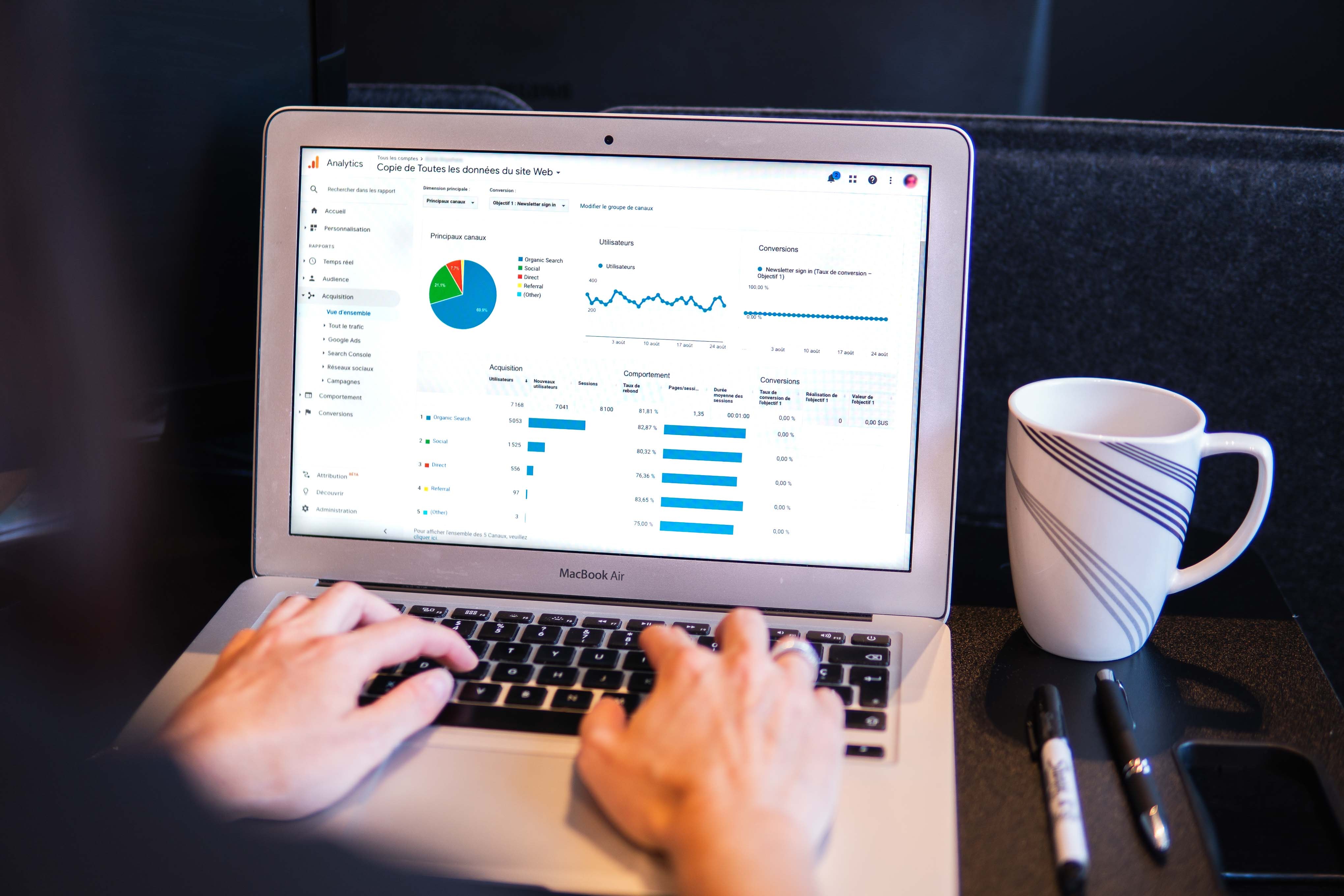Understanding Google Shopping Campaigns: A Step-by-Step Guide


Managing a Google Shopping campaign requires a clear understanding of how product data flows from your store to Google Merchant Center and ultimately into Google Ads. If you're running an e-commerce store using Shopify, WooCommerce, or another platform, it's important to optimize your shopping feed to improve ad performance and conversions.
The Shopping Feed Workflow
Your product data starts from your website and is sent to Google Merchant Center via an XML feed, which updates automatically. Many e-commerce platforms offer built-in apps to handle this, such as a Google Shopping app on Shopify. Once your products are in Merchant Center, they are categorized based on attributes such as:
- Product title
- Brand
- Gender and age group
- Google product category
- Custom labels
Custom labels allow segmentation of products based on different criteria. For example, you might use:
- Custom Label 0 for men’s and women’s sneakers
- Custom Label 1 for high-top or low-top sneakers
Google Ads and Campaign Structure
The structured feed coming from Merchant Center directly influences your shopping campaigns in Google Ads. If your labels and categories are not properly assigned, your ads may not perform optimally. Once inside Google Ads, your campaign structure will depend on how you decide to segment your products.
For example, let’s say you are running a shopping campaign for men's sneakers. You can:
- Exclude non-relevant categories to focus on specific products
- Subdivide by custom labels such as high-top and low-top sneakers
- Create separate ad groups for your various product categories
A well-structured campaign allows for better budget allocation and bid optimization. For instance, if high-top sneakers are outperforming low-top sneakers, you can allocate a higher budget to high-top sneakers and adjust bids accordingly.
Prioritization and Bidding Strategy
Google Shopping campaigns operate on three priority levels: high, for the most important or best-selling items; medium, for general product categories; and low, for your generic or lower-performing products. Prioritization ensures your company’s highest-converting products will receive the most visibility.
For example, if women’s shoes in the 50-60 age range convert best, you would assign them a high priority while keeping men's sneakers at medium or low priority.
Another essential aspect is bid segmentation based on intent. If a shopper searches for a certain brand and product name, they are more likely to convert than someone searching for generic terms like "black men’s high-top sneakers." You can adjust bids to prioritize high-intent searches and control ad spend more efficiently.
Leveraging Additional Features in Google Merchant Center
Improving your Google Merchant Center setup goes beyond basic product listings. By leveraging additional features, you can improve visibility, boost conversions, and refine your campaign strategy. These tools help create a more effective and competitive e-commerce presence, and understanding these options can significantly affect your advertising success.
These additional features include:
- Customer Reviews vs. Product Ratings: Customer reviews reflect overall store experience, while product ratings apply to specific items.
- Free Product Listings: Appear in Google Shopping for organic exposure.
- Shopping Ads Enhancements: Include promotions, shipping details, and more to increase visibility.
Conclusion
Successfully managing Google Shopping campaigns involves more than just setting up ads. Proper feed management, segmentation, prioritization, and bid strategy all contribute to maximizing return on ad spend. By optimizing product data and structuring campaigns effectively, you can ensure better performance and higher conversions in Google Shopping.
Why brands choose MAIUS
Brands come to us for predictable growth, transparent reporting, and a team that actually cares about performance. No long contracts, no jargon. Just better results.


































.jpg)





























































